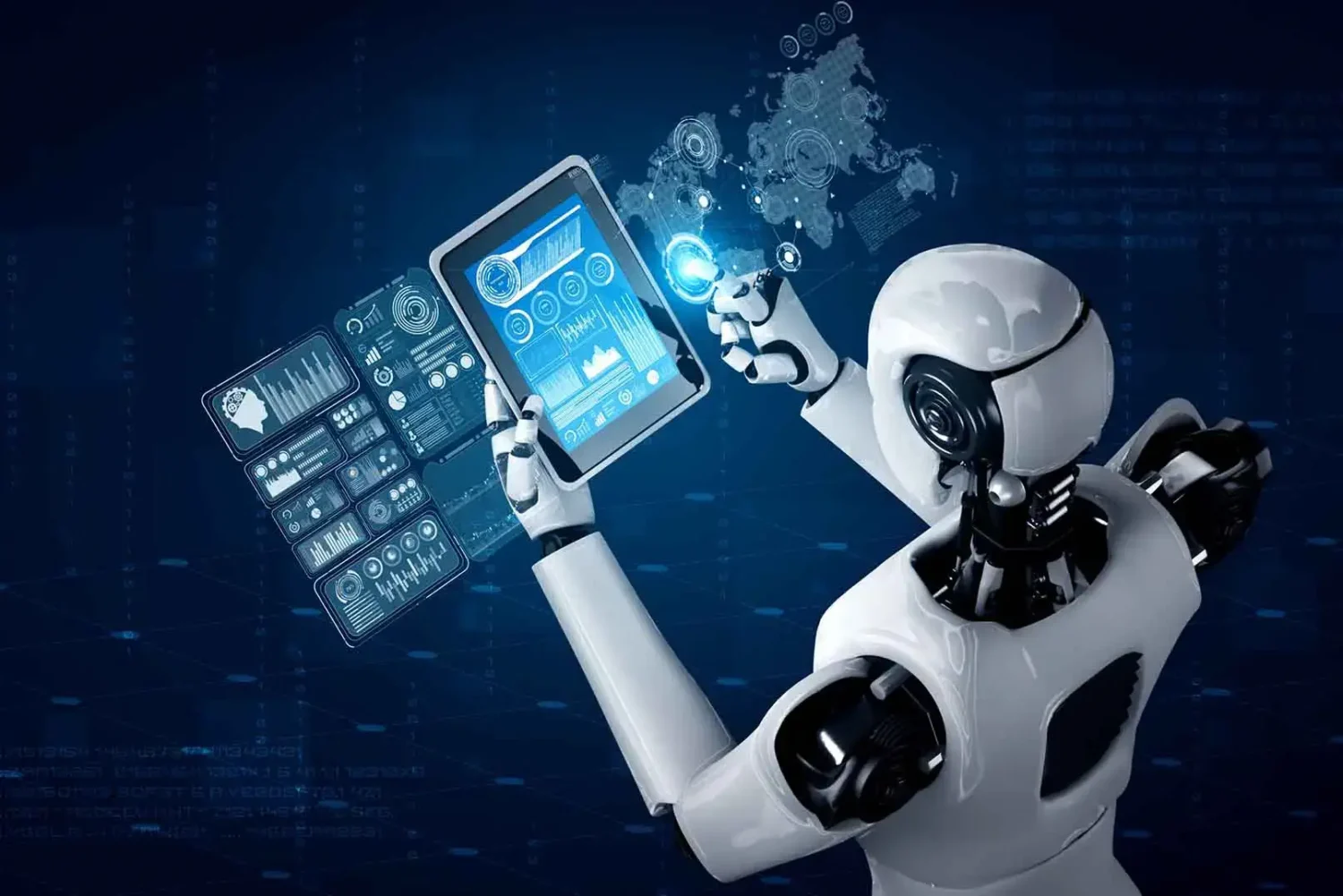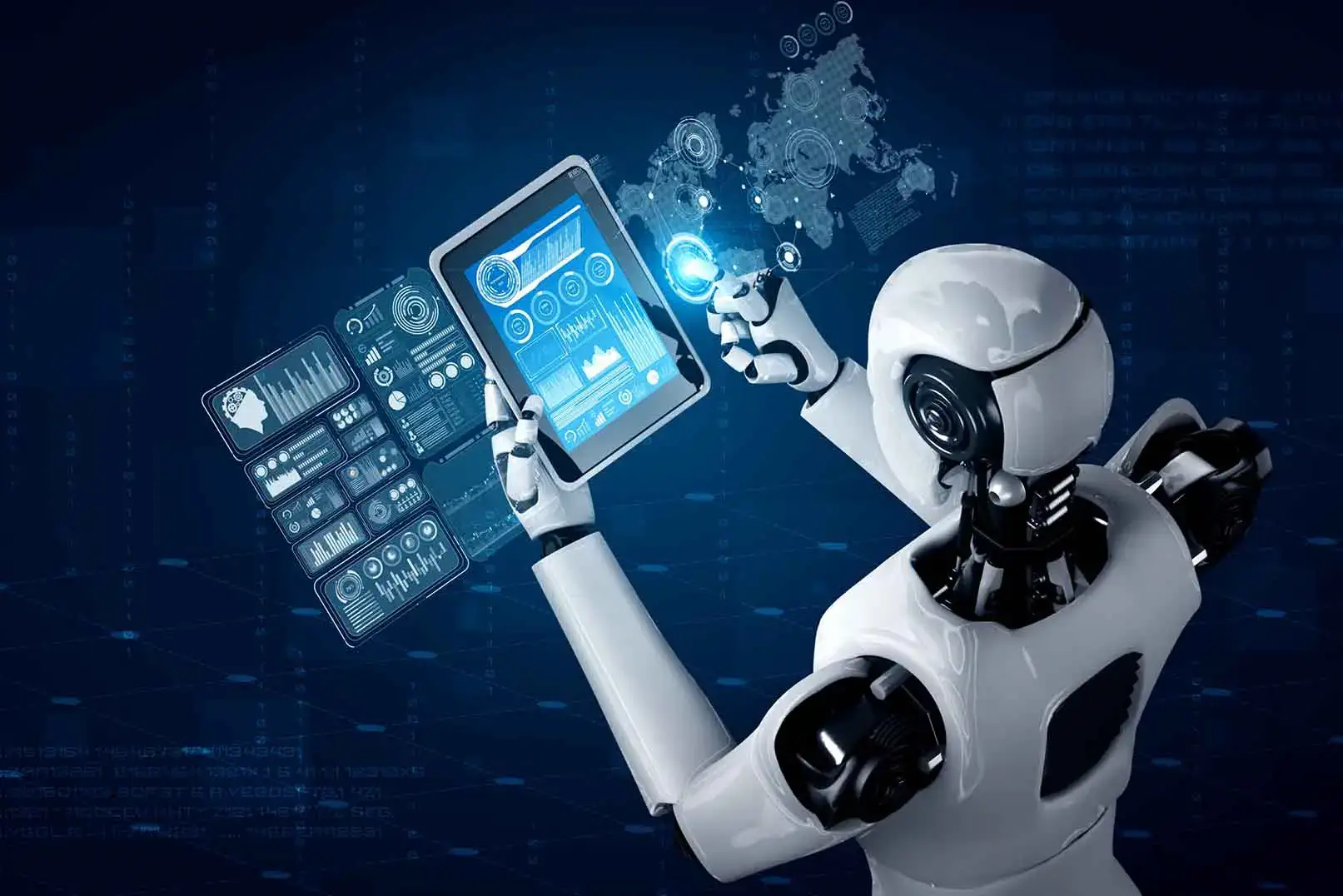Software testing is the process that is used to test your software application by visually finding any error or malfunctioning in the user experience. There are various methods to execute software application testing. Basically, there are two types of testing. The first one is Traditional testing, and the second one is using AI-powered tools to execute the automation testing process. It can also be done using cloud resources and infrastructure.
These days, as technology is growing rapidly, we can see the involvement of artificial intelligence in the testing of software applications. The AI tools have advanced features for the testing process. It helps the testing team to perform automation testing with enhanced efficiency. The human effort and time are reduced in this testing technique. In this article, you will see the difference between traditional testing and AI-powered testing.
Before that, let us have a brief look over what is traditional testing and what is AI-powered testing in the section below.
What is Traditional Testing?

Traditional testing is the software testing process that is done by dividing the entire testing process into simpler steps without using any advanced artificial intelligence tools. There are many testers involved who work on the software testing process, finding any issues in the software and rectifying them.
The waterfall method of software development comprises traditional testing as a vital component. This approach requires a team of testers to examine early internal releases of software products in order to identify faults and then give developers input so they can address these issues. Before the product is approved for release, the same cycle must be finished multiple times. This method is unreliable, costly, error-prone, and poorly scalable.
What is AI-Powered Testing?
AI-powered software testing is defined as the process of increasing software functionality and performance by using AI tools. These AI systems use a wide range of AI approaches, such as machine learning, deep learning, expert systems, natural language processing (NLP), computer vision, and expert systems, to evaluate a large quantity of data, identify patterns, and make wise decisions.
Testing that is done using the help of AI technology is proven to be executed faster. It can execute a huge number of test cases in very little time. Using the power of AI, you can automate your testing process in less than two minutes. In this testing, there are very few chances of humans, which increases the high test accuracy. The saved time can be utilized on some other work
The CI/CD pipeline can be incorporated into your testing project. Selenium testing is expanded when external tools and frameworks are used in the testing procedure. The Selenium framework may be readily linked with a variety of CI/CD systems, including Jenkins, Maven, and Docker, which you can use to improve the software testing process.
Difference between Traditional Testing and AI-Powered Testing

Both traditional testing and AI-powered testing have their specific advantages and disadvantages. They are bound to some limit and their use case according to the requirements of the testing team. Now, let us see the key differences between them in the below section:
Maintenance
All the software and websites need some update after some time. The company rolls out new features and updates in the product, particularly when the software is developed using the Agile testing method. Here, the testing team writes a testing script to check the functionality of the software following the existing features of the application. Doing this in a hurry can make the testing process fail. But AI helps to regenerate the test scripts in less than a minute.
Testers are now left with the challenging duty of test maintenance, which can also be handled by AI easily, given the coding portion has been somewhat removed from it. Each time a code change takes place, AI may easily regenerate the test scripts. As an example, the AI will try using a different location and keep running the test if it is unable to locate an object using its current locator.
Testing Speed
The speed of traditional testing is less if we compare it to the AI-powered testing process on the cloud. Traditional testing goes through many step-by-step procedures to complete the automation testing process. But AI-powered testing on the cloud is faster. It has many tools and features that allow the testing team to complete their task in very little time as compared to the AI-powered testing process. Automation testing that uses AI tools to perform the software application testing helps to run the test cases simultaneously, which saves time.
Scalability
The scalability score of traditional testing is less as compared to AI-powered testing on the cloud. Traditional testing uses the local system to execute the automation testing process, which is less scalable. However, AI-powered testing processes are much more scalable. This testing technique provides us with many scalability options. You can manage the testing scope for your software application during the process, too.
You can do the modification and correct the codes if there are any errors during the execution of the testing process. This saves the time of re-running test cases. Hence increasing the testing efficiency. Using these AI tools, the scope and coverage of test cases increases in the case of such testing processes. All these features make it a more scalable software testing technique.
Cost Effectiveness

To perform the traditional testing process, you need to buy the physical devices and resources. It costs money to buy them and you can not re-sale them in the future. Whether you need them or not, you just have to keep them with you. It becomes a fixed asset for the testing team. However, the AI-powered testing process does not need that many physical devices and systems to execute the testing process. You have to pay for what you use. And that too on the basis of the use case.
Suppose you buy a tool, and you need to keep it for a month; you can do so. Cloud provides you the option to perform test automation using cloud tools on the basis of use. You can pay for only what you use, and you can revoke your subscription anytime you want.
Test Cases
Traditional testing involves the practice of designing the testing scripts and test cases by the humans that are the testing teams. Being human, the testers go through a deep analysis of the software application to create the test cases. They work on every aspect of the functioning of the application. So that they can get the experience just like a normal user of the software application, and then they perform the testing process.
But when you perform a testing process using AI-powered tools on the cloud, it enables you to create custom test scripts for your project. As the AI has no limitations, you can use them in the most effective way to create test cases, which makes the software much more efficient as it gets tested against various areas of user experience.
Human Errors
The testing process is completed in many small steps, one by one, in traditional testing of software applications. In each of these small and simpler tasks, there is the involvement of humans. They monitor and control the testing process by coordinating with the testing team members. So, here are the chances of human-made errors in this testing process.
But when you use an AI-powered testing process, these probabilities get minimized to a great extent. Because AI tools are trained enough to complete their assigned task with accuracy, it enhances software testing efficiency.
Security Issues

In traditional testing, all the tasks and activities are performed by the human. They keep an eye on the whole testing process, and the decisions solely depend on the humans. They control the whole task execution. So, there are not any security issues with data and results. However, in the AI-powered testing process, many AI tools use their algorithms to perform the testing process, and they may also modify the result according to their analysis. This is something to worry about.
The best solution for all the testing needs is LambdaTest’s AI test intelligence suite. LambdaTest stands as a premium cloud-based cross-browser testing platform of high demand, facilitating automated testing across an expansive spectrum of over 3000 browsers, devices, and operating systems. It consistently rises as the preferred option amidst various cloud testing platforms.
Here are the key features of LambdaTest:
- Advanced flakiness detection ─ LambdaTest employs AI algorithms with the capability to pinpoint conflicting test outcomes within your WebDriver command logs. This aids in the identification of tests generating inconsistent results across runs – commonly referred to as flaky tests. For QA teams, flaky tests can be a significant source of exasperation, and ascertaining the proper functioning of an application becomes challenging.
- AI-enhanced error categorization ─ The LambdaTest Test Intelligence platform boasts the capacity to categorize diverse errors encountered within your command logs. This assists in prioritizing tasks and effectively addressing challenges. For instance, when a multitude of errors is linked to a specific feature, allocating efforts to rectify that feature emerges as a logical step.
- Prediction of error trends ─ LambdaTest’s AI algorithms are also adept at forecasting error trends. This feature aids in preemptively identifying and mitigating potential future issues. For example, if a particular error type becomes more recurrent, it serves as a signal to proactively address the underlying concern before it escalates.
- Spotting aberrations in test execution across environments ─ LambdaTest’s AI algorithms extend their utility to the detection of anomalies during test execution across diverse environments. This proactive measure ensures uniform operation of your application across varying settings. Should a specific test consistently fail in a particular environment, this prompts an investigation to uncover the underlying cause.
Conclusion
Choosing between traditional testing and AI-powered testing depends on the type of software that you are going to test. They both have their pros and cons. That totally depends on the client’s requirements and demands. Traditional testing is more flexible as it helps the tester to perform the testing process with flexibility in many aspects so that the test can be done with modification at several stages according to the feedback.
Testing that is done using the help of AI technology is proven to be executed faster. It can execute a huge number of test cases in very little time. Using the power of AI, you can automate your testing process in less than two minutes. In this testing, there are very few chances of humans, which increases the high test accuracy.
 Hi Boox Popular Magazine 2024
Hi Boox Popular Magazine 2024



